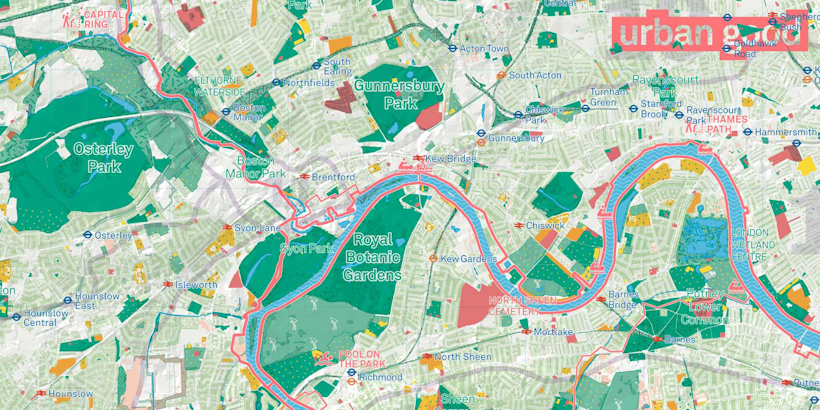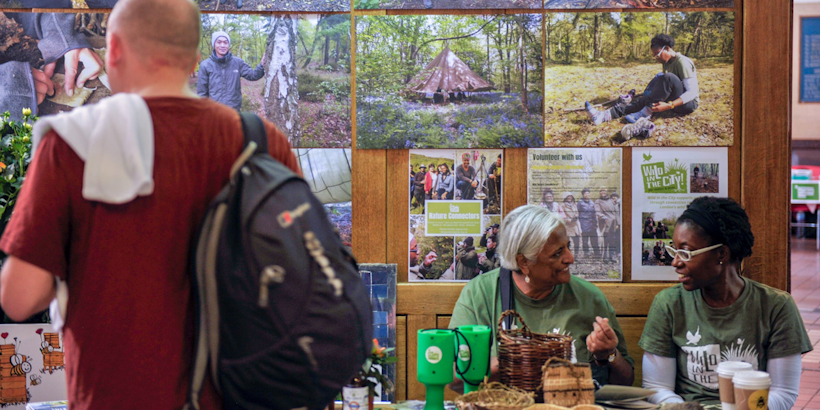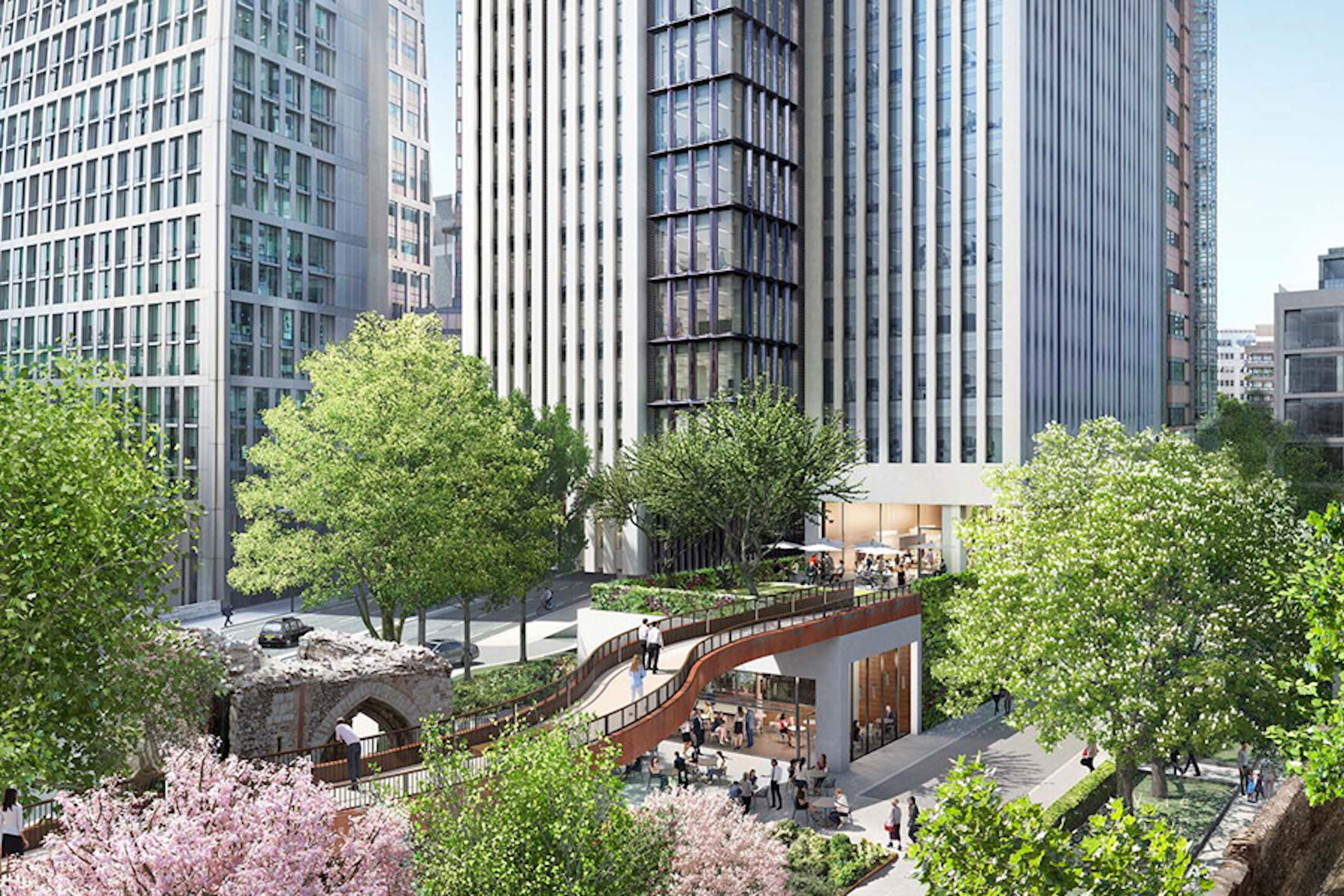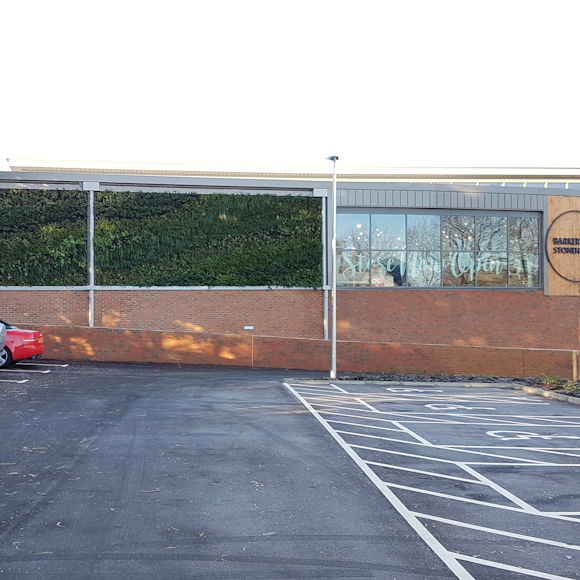London National Park City is a movement that works with London’s residents, visitors, and businesses to make the city greener and healthier by focusing on community, physical activity, and green landscape architecture. There are national parks in and around cities across the globe, but London is the first city to be declared as a national park. London was announced as a National Park City in March 2018 after four years of campaigning, and its official launch season will begin in 2019. From 21-29 July 2018, London celebrated its first National Park City Week. This week featured over 300 outdoor events and activities that promoted London’s natural environment and green space planning.
In 2013, the “guerrilla geographer” Daniel Raven-Ellison put forward the question, “what if we made London a National Park City?” He had examined the UK’s national parks and felt that this system wasn’t adequately featuring the biologically diverse urban wildlife and green space planning found in London. A campaign formed around this idea in 2014, growing in public and political support until March 2018 when it was officially announced that London would become a National Park City the following year.
The London National Park City Week was launched on July 21st by London’s Mayor Sadiq Khan, who said, “London boasts an incredible array of green spaces that I want to protect and improve as we aim to become the world’s first National Park City. By making our city one of the greenest on earth, we can improve air quality, conserve wildlife, and develop a green infrastructure to benefit all Londoners.”
This movement shows that city green planning is about more than planting trees and building parks- the people and politicians of London are coming together to conserve and enjoy the city’s green spaces, as well as strengthen their communities. Greater London covers almost 1600 km2, nearly half of which is green space. It contains 8.5 million people and 13,000 species of wildlife. The London National Park City’s outlined practices have been created specifically to enhance health and sustainability in this environment.

The organisation’s charter outlines nine key aims, which are as follows:
- Ensure that 100% of Londoners have free and easy access to high-quality green space
- Connect 100% of London’s children to nature
- Make the majority of London physically green
- Improve London’s air and water quality, year on year
- Improve the richness, connectivity and biodiversity of London’s habitats
- Inspire the building of affordable green homes
- Inspire new business activities
- Promote London as a Green World City
- Nurture a shared National Park City identity for Londoners
These aims will be reached through a long-term programme of community events and green space planning. The combined focus on green landscape architecture and the community’s use of that architecture will maximise London’s potential as a National Park City. This movement will create cleaner air and water, a healthier population, and a stronger London community.
London National Park City is running a wide range of programmes across the Greater London area to involve the community in the movement. One such programme is the collaboration between University College London and “citizen scientists”- local community members who are willing to conduct research projects and provide UCL with more accurate environmental data. This kind of project is integral to bringing together different sections of London society to better their environment, as well as learn more about green city planning. There are also several creative projects that encourage members of the community to come together and share their park experiences. One such project, “Make a Story Stick”, encourages people to use coloured string to map out their favourite parts of their local park so other people can follow their “string map” and discover new things.
London National Park City has also developed extensive pathways (both walkways and waterways) that allow users to travel through London while enjoying the surrounding nature and getting exercise. InspiralLondon is a 300-mile pathway that begins at King’s Cross and works through London in a counter-clockwise spiral, currently reaching as far as Gravesend and continually expanding. The pathway has been divided into 36 segments that show a different area of London, making the green landscape architecture easily accessible to more of its citizens and providing a picturesque route through the city.
London National Park City Week took place from 21st to 29th July and was a resounding success, with thousands of Londoners taking part in its activities. The next big event is the first National Park City season, which will begin in May 2019 and include the launch of London as a National Park City in July. In the run-up to the launch, London National Park City are holding monthly meetings and events that will strengthen the city’s green space planning and draw more residents to the programme.
Local residents are encouraged to become National Park City Makers by volunteering, joining local outdoor groups, and spreading awareness of the campaign. There is also a list of recommended outdoor activities for every month leading up to next year’s launch season, encouraging people to continue their involvement between large events. The purpose of London National Park City is to change the lifestyle of London’s residents, and that will be done through regular encouragement and outdoor opportunities like the ones in their monthly list.

From its beginnings as a thought experiment in 2013, the world’s first national park city has grown rapidly. As one of the most famous urban environments in the world, London is showing the rest of the world how focus on community, health and nature can be used to change the people and green space planning of huge urban areas. When London City National Park launches in July 2019, the Greater London area will be greener, healthier, and more sustainable than ever. Projects like London City National Park provide a guideline for how cities around the world can protect and enhance their natural areas, and subsequently the quality of life for their residents.


